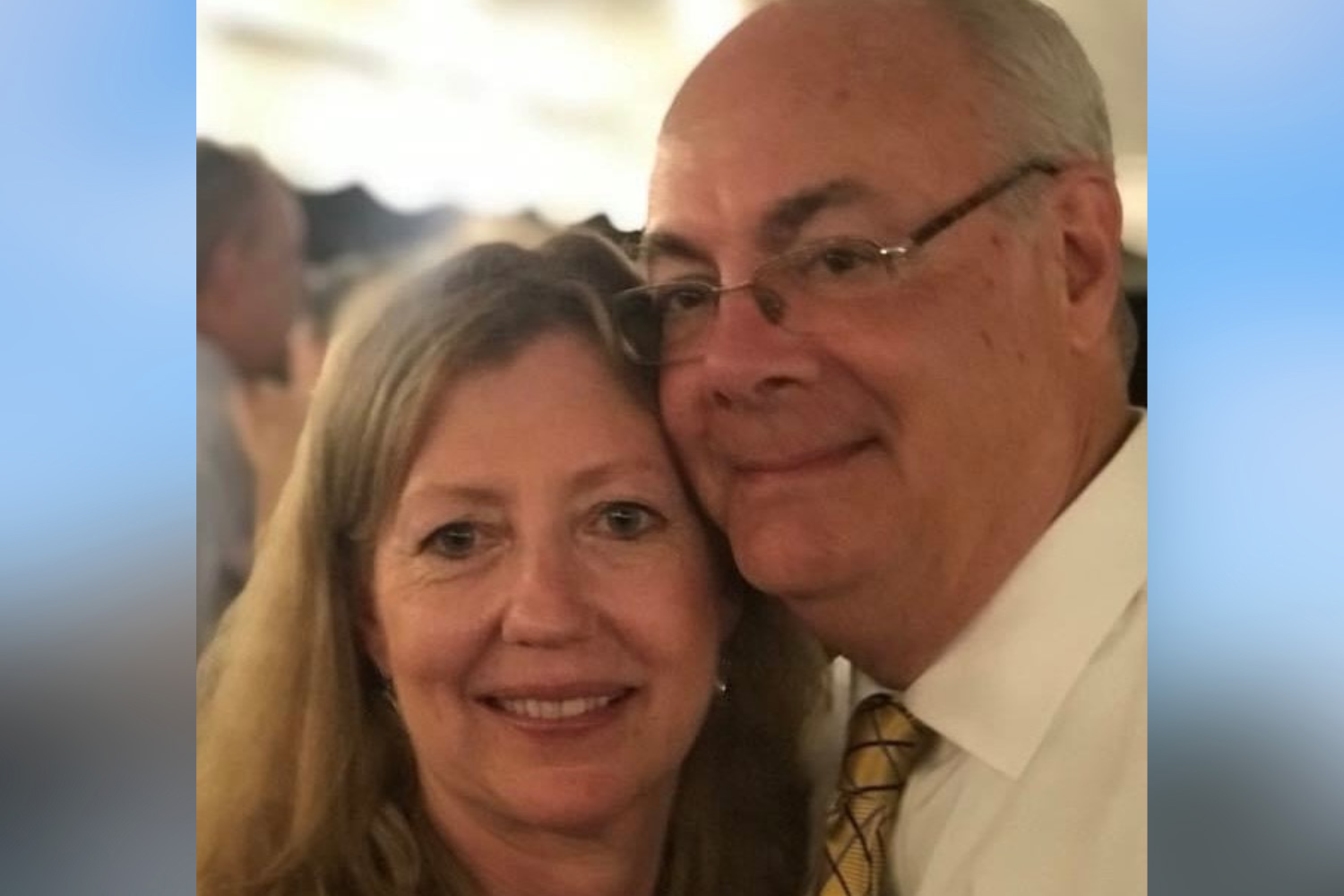If you’re a parent, August is often spent shopping for school supplies, backpacks, and even a new pair of shoes for your child’s upcoming school year.
But before buying new shoes, follow these tips from UConn Health’s foot and ankle orthopedic surgeon, Dr. Lauren E. Geaney, to keep your child’s feet comfortable and healthy.
Geaney recommends replacing your child’s shoes based on two major factors: how active your child is, and how fast their feet grow.
“For elementary school-aged children, shoes should be changed about two to three times a year since they tend to grow quickly, but once children reach about the age of nine, this can usually be decreased to one to two pairs a year,” says Geaney, assistant professor in the Department of Orthopedic Surgery at UConn Health and a member of the American Orthopaedic Foot & Ankle Society.
Geaney recommends taking the following steps to ensure shoes fit properly:
- If the shoe has a removable insert, take it out and have your child stand on it to give you a better sense of how much room there is. With your child’s heel at the back of the insert, there should be about a half-inch of space between your child’s toes and the front of the insert.
- If the inserts are not removable, have your child put the shoe on and press down on the front of it. You should be able to fit the tip of your finger between your child’s toes and the front of the shoe.
- If you are still unsure, have your child stand on a piece of paper and measure the distance between the heel and the longest toe, and then use an online conversion chart to convert inches to shoe size.
- Remember, always measure both feet because one may be longer than the other.
After the shoes are purchased and your child begins wearing them, Geaney recommends frequently checking your child’s feet for blisters, redness, and ingrown toenails, which may indicate they need larger or wider shoes.
Foot and ankle orthopedic surgeons like Geaney specialize in the diagnosis and treatment of musculoskeletal disorders and injuries of the foot and ankle. Their education and training consist of four years of medical school, five years of postgraduate residency, and a fellowship year of specialized surgical training. These specialists care for patients of all ages, performing reconstructive surgery for deformities and arthritis, treating sports injuries, and managing foot and ankle trauma.



